
Alternative transmission methods
Amy Field Alternative transmission methods Coaxial cable: Coaxial cable is a type of cable for high bandwidth data transmission use that typically consists of a single copper wire that is surrounded by a layer of insulation and then by a grounded shield of braided wire or an extruded metal tube. Fibre optic cable: This is a cable made up of super-thin filaments of glass or other transparent materials that can carry beams of light. Because a fibre-optic cable is light-based, data can be sent through it at the speed of light. Using a laser transmitter that encodes frequency signals into pulses of light, ones and zeroes are sent through the cable. The receiving end of the transmission translates the light signals back into data which can be read by a computer. Infrared: Infrared is a line-of-sight wireless technology that uses a beam of invisible light to transmit information. This means that the infrared ports of both devices must be nearby and aimed at each other for a connection to succeed. Infrared is the same technology used in most remote controls for home A/V gear such as TVs. Some smartphones are capable of controlling home A/V gear via infrared. Software that mimics a universal remote control is required, which may be included, or may need to be purchased from a third party and downloaded to the phone Amy Field Benefits and Limitations Coaxial cable: Advantages: It can be used for both analog and digital transmission. It offers higher bandwidth as compared to twisted pair cable and can span longer distances. Because of better shielding in coaxial cable, loss of signal or attenuation is less. Better shielding also offers good noise immunity. Disadvantages: It is usually more expensive than twisted pair. Fibre optic cable: Advantages: Extremely high bandwidth – No other cable-based data transmission medium offers the bandwidth that fiber does. Resistance to electromagnetic interference – Fiber has a very low rate of bit error (10 EXP-13), as a result of fiber being so resistant to electromagnetic interference. Fiber-optic transmission are virtually noise free. Disadvantages: Installation costs, while dropping, are still high – Despite the fact that fiber installation costs are dropping by as much as 60% a year, installing fiber optic cabling is still relatively costly. Infrared: Advantages:
© Copyright 2025


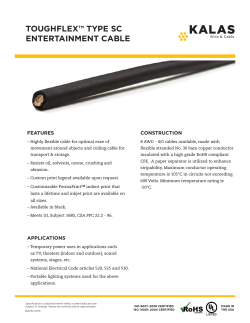


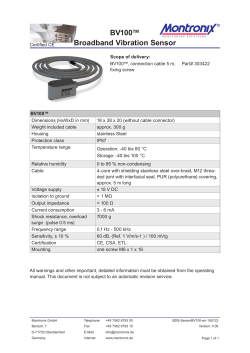
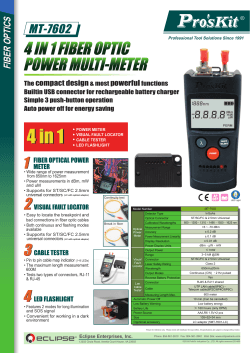
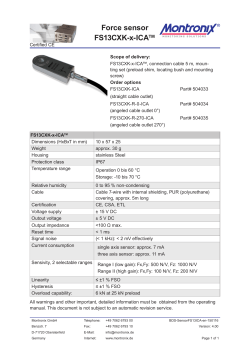
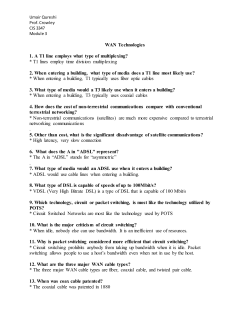





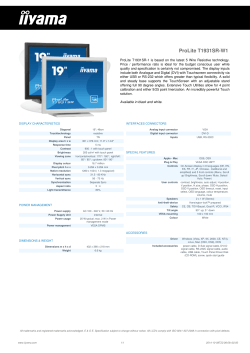

![Communication Media [Compatibility Mode]](http://cdn1.abcdocz.com/store/data/001139302_1-c9e8b42b647e796f2fe8cb9033541ffa-250x500.png)




